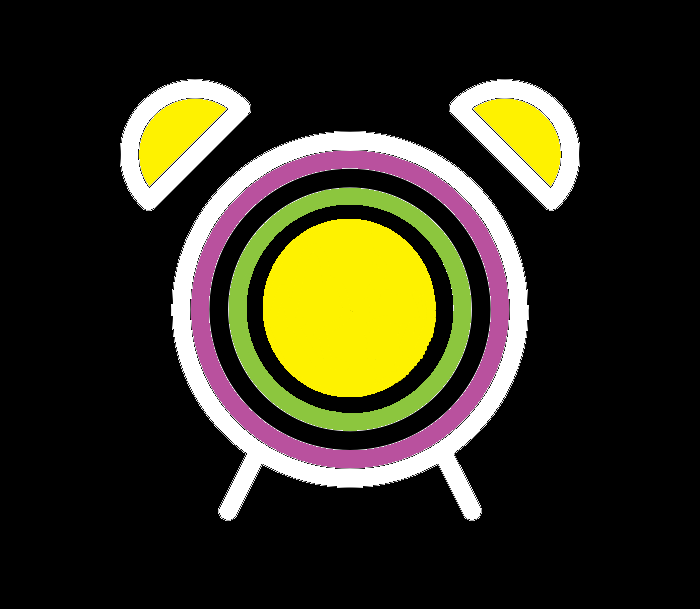Melting Magic: Dissolving Candy Corn Experiment | A Fun Fall Science Activity for Kids
What Happens When Candy Corn Meets Water? Let’s Find Out!
Ever wondered what happens when you drop candy corn into different liquids? Will it dissolve, change colors, or do something totally unexpected? This dissolving candy corn experiment is the perfect way to mix fall fun with science while encouraging kids to make predictions and observations—just like real scientists!
Candy corn isn’t just for snacking—it’s also a great way to explore the science of dissolving! In this dissolving candy corn experiment, kids will test how different liquids affect candy corn, sparking curiosity about how things break down and mix in everyday life. It’s an easy fall STEM activity that’s quick to set up and fun for all ages.
What You’ll Learn
- Key Scientific Concepts:
- How different liquids dissolve solids at different rates
- The role of temperature and liquid properties in solubility
- Why some substances break down in water but not in oil
- Skills Kids Will Develop:
- Making predictions and testing hypotheses
- Observing and recording results
- Understanding real-world chemistry in a hands-on way
- Real-World Applications:
- How sugar dissolves in hot tea or coffee
- Why some stains wash away with water while others need soap
- How weathering and erosion break down rocks over time
Quick Facts
- Time Needed: 10-15 minutes
- Difficulty Level: Easy
- Best For: Ages 4–10 (elementary school kids)
- Science Type: Chemistry
- Mess Level: Low
- Materials Needed:
- Candy corn
- Water
- Vinegar
- Oil
- Soda
- Other optional common household liquids
What’s the Science?
Dissolving is the process of a solid breaking down into tiny particles and mixing into a liquid. Water molecules pull apart the sugar in candy corn, making it disappear into the liquid. Some liquids, like oil, don’t mix well with sugar, so the candy corn stays intact! Different liquids interact with substances in unique ways, just like how soap helps remove grease but water alone doesn’t.
Why This Experiment Matters
Understanding how substances dissolve helps kids connect science to everyday life. From cooking to cleaning, dissolving plays a big role in how we interact with the world around us. Plus, this dissolving candy corn experiment introduces basic chemistry in a fun and seasonal way!
Fun Fact Corner
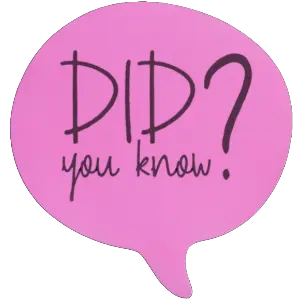
Did you know that candy corn was originally called “Chicken Feed” when it was invented in the 1880s?
Sugar dissolves faster in hot water than cold water—try it with candy corn and see the difference!
Ask your child: “What do you think would happen if we tried this experiment with different temperatures of water?”
Try It Yourself!
This simple kitchen science experiment is a great way to spark curiosity and make learning fun! Try the dissolving candy corn experiment with different liquids, share your results, and explore more hands-on science activities on A Recipe for Science!
Share your results with us on social media @arecipeforscience
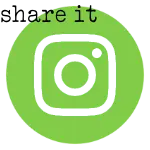

Looking for more fun science activities? Check out our Make a Geode Experiment or explore our full collection of hands-on experiments at A Recipe for Science!
What Makes the Dissolving Candy Corn Experiment Work?
Science is full of surprises, and the dissolving candy corn experiment is a great way to explore chemistry in action! Let’s take a closer look at the fascinating science behind this fun fall activity.
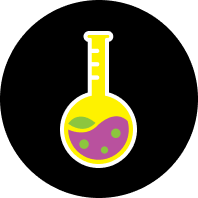
Chemistry: Exploring the World of Reactions
Chemistry is the science of matter—everything that takes up space, from the air we breathe to the food we eat. It explores how substances interact, combine, and change. Think of chemistry as the ultimate recipe book for the universe, where every reaction creates something new!
Check out more Chemistry experiments.
Why Chemistry Matters in Everyday Life
Chemistry is everywhere! It helps us understand how food cooks, why soap removes dirt, and even how our bodies break down nutrients. From medicine to technology, chemistry plays a crucial role in shaping our daily lives.
Major Branches of Chemistry
Chemistry is divided into several key areas, each focusing on different types of matter and reactions:
- Organic Chemistry – The study of carbon-based compounds (like the sugar in candy corn!)
- Inorganic Chemistry – Examines non-carbon substances, like metals and minerals
- Physical Chemistry – Explores how chemical reactions occur at a molecular level
- Biochemistry – Studies the chemistry of living organisms
- Analytical Chemistry – Helps scientists identify what things are made of
The dissolving candy corn experiment falls under physical chemistry, specifically the study of dissolution, solubility, and states of matter—let’s explore that next
Deep Dive: Dissolution, Solubility, and States of Matter
- Dissolution: When a substance (solute) breaks down and spreads out into a liquid (solvent), like sugar dissolving in water.
- Solubility: How well a substance dissolves in a liquid—some things, like sugar, dissolve easily in water, while others, like oil, do not.
- States of Matter: Everything around us exists in different forms—solid, liquid, or gas. When candy corn dissolves, its solid form breaks apart into tiny particles and mixes into the liquid.
Fun and Relatable Examples
Why does hot chocolate mix dissolve faster in hot milk than in cold?
The warmer the liquid, the faster it breaks things down!
Why do oil and water not mix?
Some molecules (like oil) don’t dissolve in water because of their chemical structure.
Why does salt melt ice on roads?
Salt lowers the freezing point of water, causing ice to turn into a liquid even in cold temperatures.
Why This Matters in Everyday Life
The dissolving candy corn experiment isn’t just a fun fall activity—it’s a hands-on way to explore how substances break down and mix with liquids in everyday life. Dissolution, solubility, and states of matter are at play all around us!
- Medicine: Many pills and vitamins dissolve in the stomach to release medicine into the body.
- Cooking: Sugar dissolves in coffee, salt mixes into soup, and baking soda reacts in recipes to create bubbles.
- Cleaning: Soap and detergent dissolve in water to break apart dirt and grease.
- The Environment: Rainwater dissolves minerals from rocks, and scientists study how pollutants mix into water supplies.
Understanding solubility and dissolution helps kids make sense of the world, from watching ice melt to seeing how a tea bag flavors hot water. Chemistry is everywhere, and this simple experiment makes abstract concepts real, sparking curiosity about the science shaping our daily lives!
Want more hands-on science fun? Check out A Recipe for Science for more exciting experiments!
Check out more Chemistry experiments.
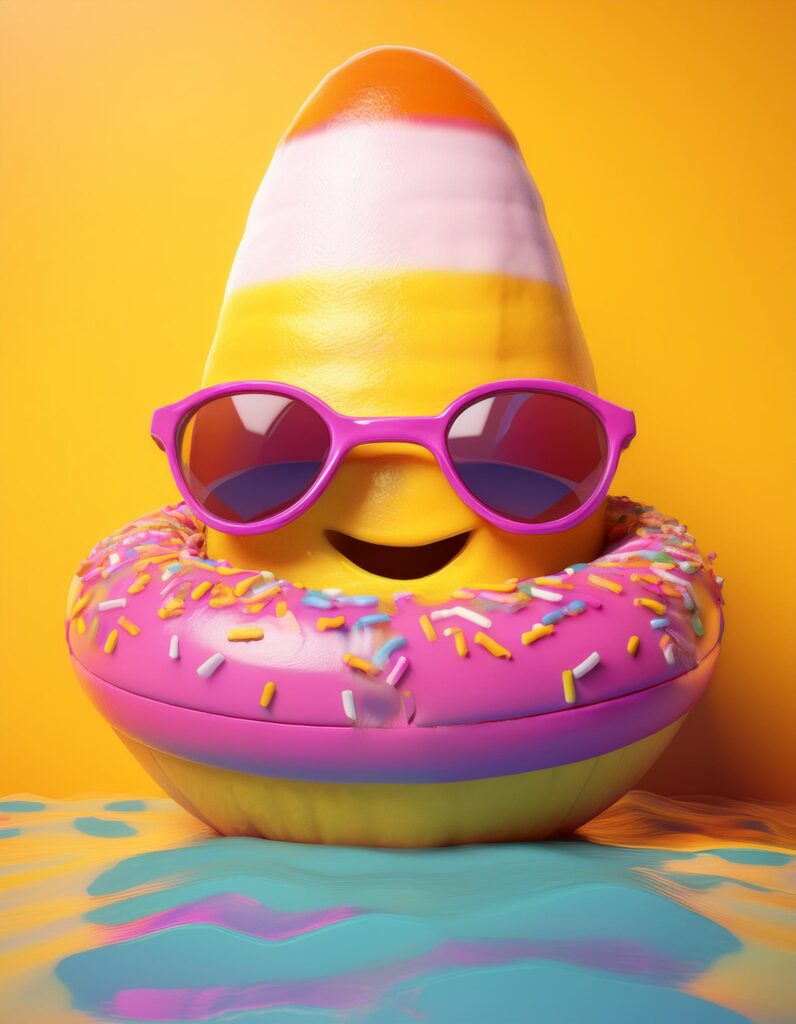
Dissolving Candy
Ingredients
INSTRUCTIONS
-
Click here for the full experiment details. Checkout the main website: Little Bins for Little Hands
-
Get experimenting!
-
Feed your knowledge.
-
Come back for more recipes for science!
Note
The site mentions a timer and science journal (which is available for download). Neither is required for observations but noting the details allows for comparisons with other candies. Great experiment for Halloween season with all the extra candies. You could even use one type of solvent with many different types of candies.


